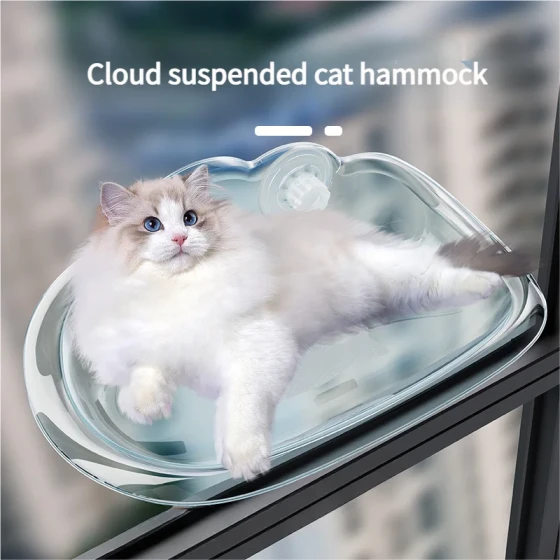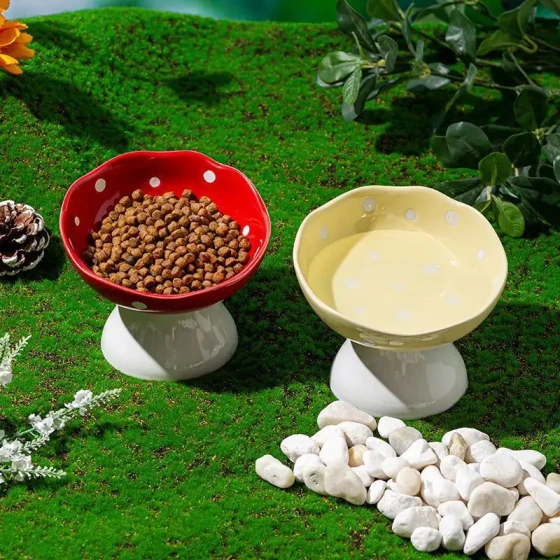White marks from cat scratches disappear after washing hands_Why do cat scratch marks disappear when exposed to water
White marks appearing on skin scratched by cats disappear after washing hands, usually caused by temporary changes in the skin epidermis and light refraction effects. When the skin is lightly scratched, the stratum corneum may be affected, temporarily changing its optical properties, making the scratch appear white. After washing hands, increased moisture affects light scattering on the skin surface, causing the white marks to disappear. This phenomenon may be more obvious when the skin is dry but is usually temporary and not a cause for concern.
Why do white marks appear on skin scratched by cats?

Imagine our skin as a wall built from countless "small bricks," the outermost layer called the stratum corneum. These "small bricks" are the old keratinocytes. Normally, these cells are neatly arranged, containing a certain amount of moisture and oils, making the skin look smooth and shiny.
When a cat's paw (even gently) scratches the skin, it’s like scraping the wall with a nail. Although it may not break the skin, it slightly disrupts the arrangement of the stratum corneum or scrapes off some dry, loose keratinocytes on the surface. These disturbed or scraped areas become less smooth, changing the way light scatters on the surface.
We can imagine light as a flashlight beam shining on a smooth mirror, reflecting back regularly, allowing us to see the mirror itself. But if shining on a rough wall, light scatters irregularly in all directions, making the wall less bright than a mirror. Similarly, when the skin surface becomes uneven from scratching, more light scatters, making the local area appear brighter than the surrounding normal skin, showing the white mark we see.
Additionally, another possibility is that slight physical pressure causes local capillaries to temporarily contract, reducing blood volume and causing a transient pale phenomenon medically called "blanching." However, this usually recovers quickly.
Why do the white marks disappear after washing hands?
This mainly relates to the skin’s hydration. When washing hands, the stratum corneum absorbs moisture, becoming fuller and softer.
-
Filling gaps, restoring smoothness: Moisture entering keratinocytes helps fill tiny uneven areas caused by scratching, making the stratum corneum relatively smooth again. Like a dry sponge softening and swelling when wet, the skin’s stratum corneum undergoes similar changes after absorbing water. Once the surface smooths, light scattering reduces, making white marks less visible.
-
Changing optical properties: The water content of the stratum corneum affects its optical properties, including refractive index. When well hydrated, the stratum corneum’s light absorption and scattering change, allowing light to penetrate deeper skin layers more effectively, making the skin look more translucent rather than white on the surface. Like how a wet stone appears darker, moist skin looks more "transparent."
Therefore, the white marks from cat scratches disappear when exposed to water can be understood as: scratching causes the skin surface to "unhappily" temporarily "change face," and washing hands with moisture "comforts" the skin, restoring its original "appearance."
Should you worry about this phenomenon?
For most people, these temporary white marks after cat scratches are a normal physiological reaction, especially if the scratch is not severe, without broken skin, bleeding, or persistent redness and pain. It usually does not indicate any major skin problems, and the marks will fade as the skin naturally recovers.
However, if your skin, after light friction or scratching, not only shows white marks but also rapidly develops obvious redness, itching, raised streaks, or wheals (similar to hives), and lasts longer (over 30 minutes), you may have "dermatographism." In this case, the skin reacts strongly to physical stimuli. Although usually not dangerous, if it affects daily life, you can consult a dermatologist and relieve symptoms using antihistamines.
What to do if scratched by a cat?
Although white marks after cat scratches may be minor, if the skin is broken or bleeding, do not ignore it. Cat claws may carry bacteria or other pathogens, and even pose a risk of rabies transmission (although the chance is very low for vaccinated domestic cats).
If scratched with broken skin, immediately follow these steps:
- Wash immediately: Rinse the wound with soapy water (or other mildly alkaline cleanser) and running water alternately for at least 15 minutes. During washing, gently squeeze around the wound to help remove contaminated blood. Avoid sucking the wound with your mouth.
- Disinfect: After thorough rinsing, apply iodine solution or other medically approved disinfectants capable of inactivating viruses inside the wound.
- Assess the wound: If the wound is deep, bleeds heavily, or shows other symptoms, seek hospital care promptly for professional debridement and treatment.
- Seek medical attention and consider vaccination: Regardless of wound depth, any skin breakage should prompt consulting local disease control centers or hospitals to consider rabies vaccination. Rabies is fatal—it's safer to vaccinate than not. Even if more than 24 hours have passed, vaccination before onset still helps. "Early vaccination is better than late, late better than none." Doctors will advise based on the cat’s health, scratch severity, etc., and may administer rabies immunoglobulin (antiviral serum).
Friendly reminder: While keeping pets brings joy, take protective measures. Regularly vaccinate pets and educate family members, especially children, on safe interactions to avoid scratches or bites.
Frequently Asked Questions
- Q: Is it normal for white marks to appear immediately after skin is scratched?
A: Usually, yes. White marks caused by mild scratching may relate to local blood vessel contraction or stratum corneum changes and usually disappear quickly. - Q: What is dermatographism?
A: Dermatographism is a condition where skin overreacts to physical stimuli (like scratching or friction), showing red swelling, itching, and raised streaks at the scratch site. - Q: Can washing hands after a cat scratch completely remove viruses?
A: Timely washing with soapy water and running water removes some pathogens and lowers infection risk but cannot guarantee virus removal. If the skin is broken, consult a doctor about vaccination.
In summary, the temporary white marks after cat scratches that disappear with water are normal phenomena related to skin surface structure and light effects, closely linked to skin hydration. Knowing these facts helps us better understand our skin and avoid unnecessary worries. However, if skin breaks occur, prompt and proper care and medical consultation remain the most important steps for health protection.




